Category: Film
-
P. Adams Sitney on Film Bloggers
“The other day I was talking to a group of younger filmmakers about a current situation I simply cannot understand. There seems to be a tremendous revitalization of avant-garde filmmaking now, but there’s absolutely no one publishing anything about it.”
-

Early Lynch
Love and death are ethical and metaphysical issues for Lynch, but they’re bound up in biology, too. Human flesh and organic processes are mysterious, unreliable, and frightening in these films. You can practically smell the decay.
-
A Toast to Cinephilia!
A total trainwreck of a day had suddenly been redeemed by a simple act of kindness — or acts of kindness, as, first, Girish was looking out for me and then other members of the Cinematheque staff (projectionist Alexi Manis most of all) were, I’m sure, inconvenienced by the sudden change of plans.
-
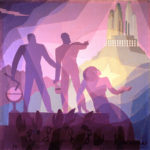
Colossal Youth (2006)
Nearly all of the press coverage of Colossal Youth has been accompanied by the same low-angle shot of Ventura, the film’s protagonist. He’s an elderly man, tall and thin. In this particular image, we see little of his face — just one eye peering over his right shoulder. The photo is dominated, instead, by the stark lines and sharp angles of a newly-constructed, State-funded tenement high-rise that blots out the sky behind him.
-
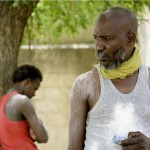
2007 SFIFF Capsules
A few notes typed at the end of a long flight home.
-
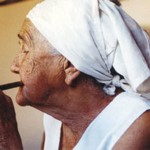
The End and the Beginning (2006)
“We want to hear stories,” director Eduardo Coutinho says early in this film, which is built almost entirely from interviews he conducted over a two-week period in Paraiba, a backlands town in in the northeast of Brazil. Specific stories. Intimate, personal stories.
-

SFIFF 2007
This will be my second trip to SFIFF, and I’m really excited about my lineup. I’ll get a second shot at a few TIFF favorites (Colossal Youth and Private Fears in Public Places), I’ll get to see a couple that I missed the first time around (Daratt, Opera Jawa, and The Island), and, of course, there will be several new discoveries. I’m especially excited about Forever, the latest from Heddy Honigmann, who will be in town to receive the Golden Gate Persistence of Vision Award.
-
That Narrative Drive
Eye tracking technology now allows us to create “heat maps” of visual spaces. It’s of particular use to those of us with an interest in website layout and navigation. The image above is from a recent study that compares the markedly different ways that psychologists (left) and artists (right) look at photographs.
-
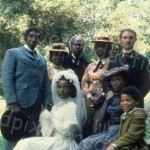
The Politics of Form
Peter Watkins in a 1981 interview with Scott MacDonald (A Critical Cinema vol. 2), discussing the television miniseries Roots (if the quote seems jerky and repetitive, it’s because I mashed together snippets from several pages).
-
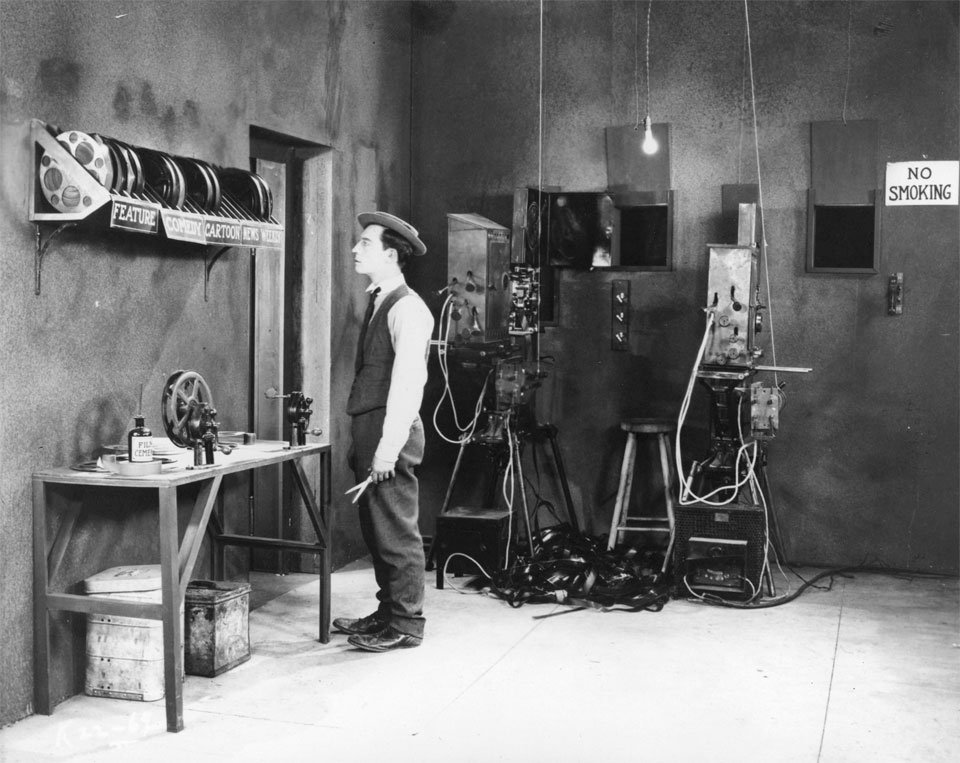
My Favorite Films (2007 Edition)
According to Your Movie Database, I last compiled a list of my 20 favorite films almost exactly four years ago. I’ve seen nearly 700 more since then, so I thought it was time to give it another go.
-
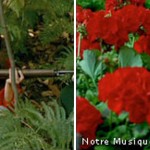
Godard’s “Paradise”
A throwaway observation: The many reviewers who have described act 3 of Notre Musique as “pastoral” and “lyrical” are projecting their own desires onto it.
-
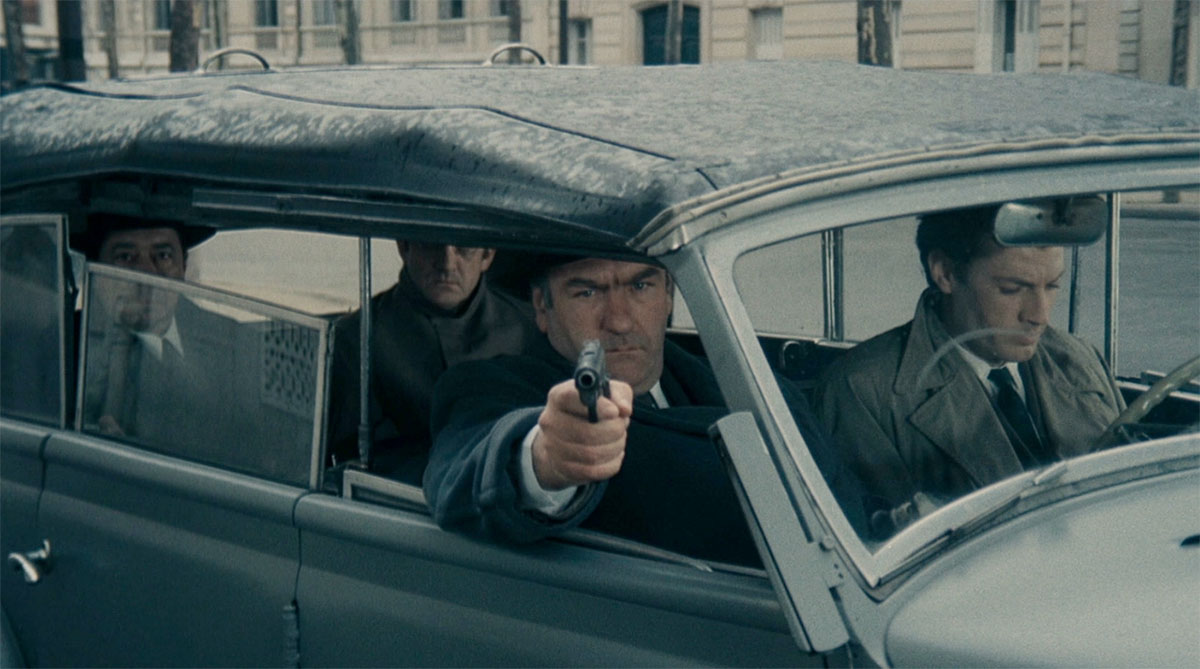
2007 Film Diary
A day-by-day viewing log of my filmwatching habits in 2007, beginning with Jean-Pierre Melville’s Army of Shadows (1969) and ending with Pedro Costa’s In Vanda’s Room (2011).
-
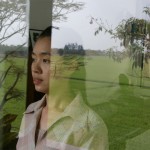
Best Films of 2006
I find that I now approach the film blog-o-sphere in much the same way that I would behave if we all gathered face-to-face for a massive cocktail party. I grab my drink and find a quiet table over in the corner where I chat with the folks I’ve known the longest and the best and whose tastes are most similar to my own.
-

Godard ’66-’67
Over the last few weeks I’ve watched for the first time the five features that followed Pierrot le Fou, all of them released in 1966 and 1967.
-
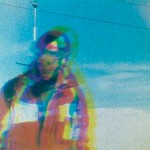
Schuss! (2005)
Nicolas Rey’s Schuss! is an experimental essay film that is concerned, ultimately, with the spoils of capitalism. More specifically, it’s about the rise of the aluminum industry, the building of a French ski resort, and the economic interests that joined the two.
-
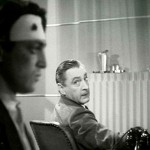
Counsellor at Law (1933)
In the foreground sits Harry Becker (Vincent Sherman), a young radical who only the night before was beaten and arrested by the police for, as his mother explains it, “making Communist speeches.” He sits here with George Simon (John Barrymore), a high-powered attorney whose office overlooks Manhattan from atop the Empire State Building.
-
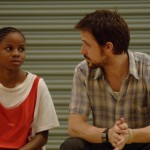
Half Nelson (2006)
It’s rare these days when I find myself identifying with a character in the same way that, say, the 7-year-old version of me identified with Charlie Bucket or the 15-year-old version of me identified with Holden Caulfield. But Dan Dunne, the crack-addicted, idealistic History teacher played by Ryan Gosling in Half Nelson, is more like me than any other character I’ve met in quite some time.
-

Satantango (1994)
Like the coal buckets in Damnation, the opening shot of cows being loosed into the fields in Satantango is as beautifully strange and breath-taking as any image I saw all year. Following it with a hundred more long takes pushes, in interesting ways, the limits of the affect.
-
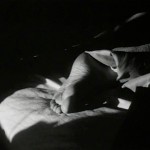
Silk Ties (2006)
After seeing the Jennings film and Nathanial Dorsky’s Song and Solitude on the same program, I walked away wishing I could recalibrate my view of the world around me, which, I guess, is one of the more noble functions of a-g cinema.
-
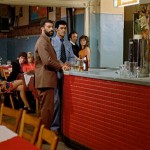
Fassbinder
Last night I watched Ali: Fear Eats the Soul (1974) for the first time in six or seven years. I’m relatively unfamiliar with Fassbinder and have never had much of a sense of his style. What struck me last night was how avant-garde, formally, Ali is.
-

The Black Dahlia (2006)
I’m nowhere near deciding yet whether or not The Black Dahlia is good, but it’s certainly among the strangest and most fascinating Hollywood films I’ve seen in quite some time.
-
Getting Ready for Godard
In the next week or so, I’ll finish my five-month “study” of William Wyler (with some write-ups still to come), and I’ve decided for my next project to spend the fall and winter with Godard.
-
In a Nutshell
The Toronto International Film Festival is exactly the right length. After seeing thirty or forty film programs in nine-and-a-half days, I’m always ready for it to end. I hate that it’ll be another year before I get to walk down Yonge Street again, discuss movies over sushi with friends again, and discover so many great new films again, but, for the time being at least, I’m glad to be home.
-
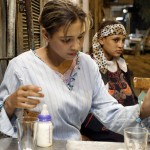
History and Politics
These Girls is a difficult film to watch. Rached avoids over-sentimentalizing her subject, and, frankly, the girls have been hardened to the point that, at times, I found it difficult to muster the appropriate sympathy for them. (I say that with embarrassment.)
-
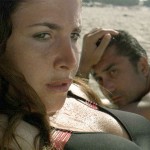
Three for Three
Perhaps it’s simply the inevitable result of paring down my schedule from 44 films in 2005 (only 35 of which I actually saw) to “only” 33 this year, but my sense while researching and planning over the past weeks was that TIFF’s lineup is stronger, top to bottom, this time around than in previous years.
-
TIFF 2006
Late last night I received a confirmation email from the Toronto International Film Festival box office, notifying me that I would be seeing all thirty of my first choice films. Given that so many of my friends are still awaiting similar confirmation, mine appears to have been one of the first orders processed — just lucky in the lottery draw this year, I guess.
-
Impossibly, Even Scarily, Geeky *
The idea of creating an Excel file to collect information about each of the 300+ films occurred to me two years ago, when a friend (and TIFF veteran) told me he chose his films based on very particular and personalized criteria.
-
Collins and Jost
What most interests me — and what I lack a vocabulary to properly describe — is the direct connection between the form and political content in both of these films. That brief frisson that occurs when the pose drops — when a person who lives in an image-marketed and -mediated culture suddenly finds herself set adrift in the semiological flux — that moment, I think, is an instance of political resistance.
-
SEX
In a couple hours I’ll be joining some friends for a lunch-time discussion of Eyes Wide Shut. A month or so ago, we happened upon the theme of “the philosophy of sex” for our film group, and in the weeks since we’ve watched the remake of Solaris (we did the Tarkovsky last fall), Sex, Lies & Videotape, and, now, the Kubrick film.
-

Birth (2004)
Anna so quickly and so easily falls in love with the young Sean not because he’s a manifestation of her dead husband but because he so effortlessly performs a role that is wholly the work of Anna’s imagination. She has conjured an idealized version of Sean through the magical incantation of her love letters.